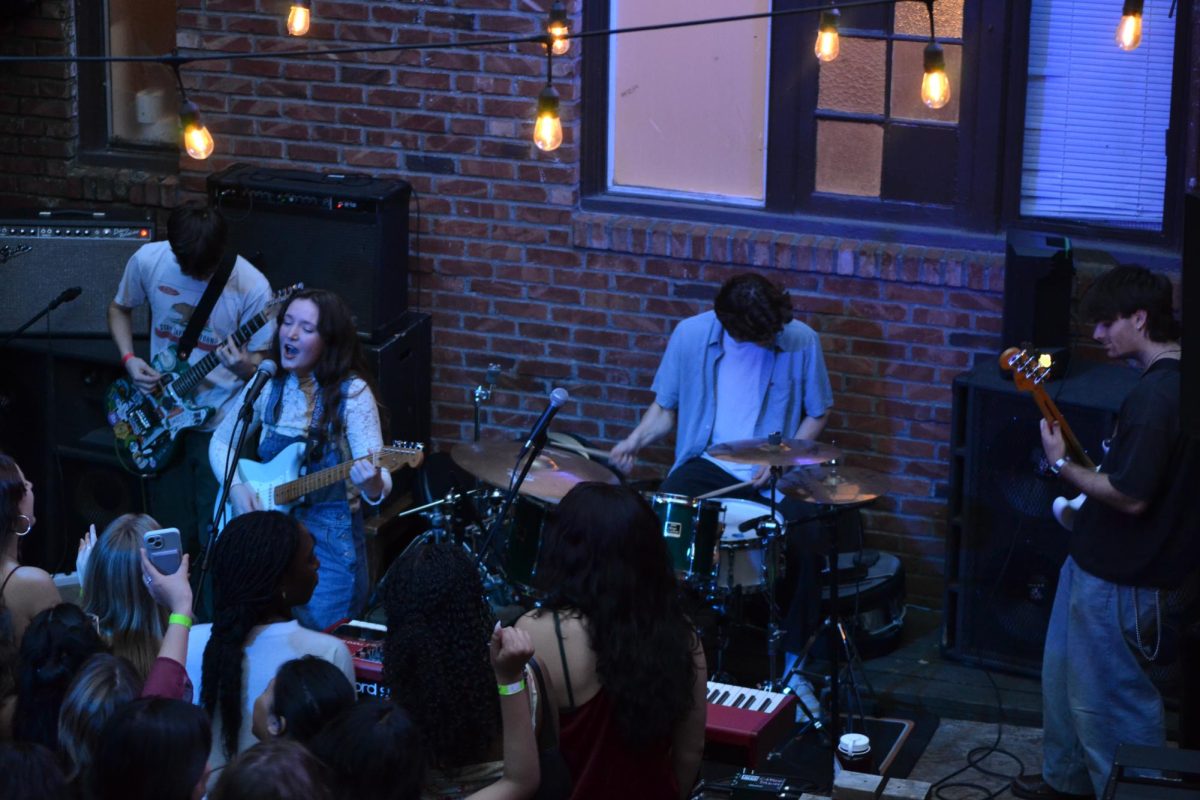MoPOP Marvel exhibit explains nuance in comics
Stan Lee always said in interviews that he thought about quitting making comics, but that the simple drive to write the stories he wanted to see pushed him to stay in the industry.
As one walks into the Museum of Pop Culture’s (MoPOP) “Universe of Superheroes Exhibit,” Lee’s drive can be seen through the various artifacts from Marvel films, comics and tv shows similar to many of MoPOP’s other exhibits.
It is clear that Lee did what he wanted, and in the process changed Marvel and the world through nothing but drawings, words and ideas.
While Marvel did not start with Lee, he did mold the company into a pop culture phenomenon by creating iconic characters such as Spider-man, Hulk, Black Panther, Doctor Strange, Ant-man, Daredevil, The X-men, Fantastic Four, Thor and Iron Man.
Although Lee passed on Nov. 12, 2018, his legacy lives on in his creative process and the profound ideas behind many of his greatest works.
Stan Lee’s first industry-shattering work was “The Fantastic Four,” in which he collaborated with artist Jack Kirby. This book added something that was rare at the time in comics — creating stories and characters that audiences can relate to.

As stated by a plaque at MoPOP, “their family dynamic set them apart from other super-teams; prior comic book heroes never bickered so frequently, nor loved one another so loyally.”
While this team had these everyday quarrels, the Fantastic Four had something much more profound. Many of the conflicts in the book dealt with existential thoughts, something that many readers were easily able to identify with.
This more philosophical approach is something that every artist can incorporate into their work and is what has contributed to Marvel’s tremendous success.
While the Marvel comics created by Lee took this approach, many of his works also dealt with social commentary on topics such as race and sexism.
One of the best examples is Black Panther, which was featured prominently throughout the exhibit.
The exhibit included a life-size replica of Black Panther and the various costumes used in the recent movie adaptation. Overall, the exhibit exemplified the significance of Black Panther as more than a story on pulp paper.
T’Challa and the Wakandans were created as more than just a comic about a man dressing up as a panther; Black Panther reflects an ideology called Afro-futurism.
Afro-futurism, as defined in an article by Sonia Rao in the Washington Post, is, “an aesthetic that infuses science fiction and fantasy with cultures of the African diaspora. It shakes up our preconceived notions of history and race by envisioning an often utopic future shaped by black technological innovation.”
Black Panther explores a world where, instead of following the stereotypical underdeveloped jungles that many stories set in Africa portray, Africa is displayed as a place filled with technology and machines to show what is possible when people innovate and what that looks like in African culture.
Similar to the process of developing a world like Wakanda, the exhibit also focused on the evolution of Janet Van Dyne, otherwise known as the Wasp.
Characters such as Janet Van Dyne were characterized by many stereotypes of women in the 1960s.
Stereotypes like an over obsession with clothes, disproportionate focus on their attraction to men, and devoting a seemingly endless amount of time doing makeup.
Over time, she would grow into a strong hero that did not fall victim to the stereotypes of women found in her 1960s iteration.
She no longer took the abuse of her husband Hank Pym, the Ant-man, and instead stood up for herself by divorcing him after continued abuse.
This went against the stereotype of women that they were to stand by their husband unconditionally by making her an independent character that would change the situation she was in.
In fact, she was even given a leadership role in the Avengers and became a mentor to the current Wasp, Nadia Pym, which portrays her as a strong leader willing to take on any challenge.
The continued development of these characters shows how a successful artist can adapt their story to current societal beliefs.
It reveals that in order to make a story that creates more than just a fun, action packed story, an artist must strive to make a character that audiences want to read about: someone like them.
It is this continued development that has also made these characters created by Stan Lee prevail in other media, such as television and movies.
Above all else, these characters are relatable because they share similar traits to readers, while the stories comment on the human condition in a way only an artist can convey: through pencil, paper and an idea that challenges the status quo.
















































































